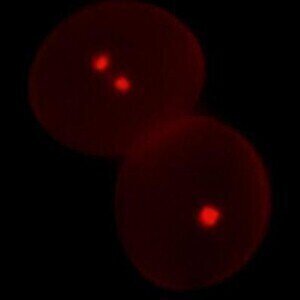Microscopy & Microtechniques
Researchers investigate best microscope techniques for pollen grain study
Jun 14 2012
A paper released by scientists at the University of Illinois has taken a look into which microscope techniques can help better identify the shape and texture of pollen grains.
Publishing their findings in the PLoS ONE paper said that a number of different techniques can be used when studying pollen morphology which is, of course, important to classifying ancient vegetation.
By understanding the appearance of ancient pollen, scientists are able to better understand prehistoric flora in the context of modern-day ancestors.
To look into the question, the research team began by comparing how a number of different reflected and transmitted light microscopy techniques affected the images of individual pollen grains.
Research leader, Surangi Punyasena, said: "The accuracy and consistency of pollen analysis relies on our ability to see as much morphology as possible.
"Images like those produced by this research are the foundation of my lab's quantitative morphological work - work that we hope will allow us to break through the many taxonomic limitations of pollen identification in the very near future."
What they found may, at first, not appear to be a truly ground breaking outcome.
However, it provides the foundation for constructing techniques for finding images in future.
The team found that no reflected or transmitted light technique managed to provide a completely adequate image while reflected light techniques managed to capture pollen shape effectively but couldn't resolve fine surface textures.
Transmitted light techniques, however, are able to resolve even extremely fine textures, but give poor idea of grain shape.
The ultimate conclusion they came to when it comes to constructing an accurate image through conventional microscopy techniques is that it is best to use a combination of both transmitted and reflected light imaging.
"Most pollen analysis is currently completed using transmitted light. This paper demonstrates how much more can be seen - and consequently analysed - with alternative imaging techniques.
"This paper provides a much needed comparison of the capabilities of existing technologies that should be incorporated into mainstream pollen analysis," Punyasena added.
Digital Edition
Lab Asia 31.2 April 2024
April 2024
In This Edition Chromatography Articles - Approaches to troubleshooting an SPE method for the analysis of oligonucleotides (pt i) - High-precision liquid flow processes demand full fluidic c...
View all digital editions
Events
May 21 2024 Lagos, Nigeria
May 22 2024 Basel, Switzerland
Scientific Laboratory Show & Conference 2024
May 22 2024 Nottingham, UK
May 23 2024 Beijing, China
May 28 2024 Tel Aviv, Israel













.jpg)




